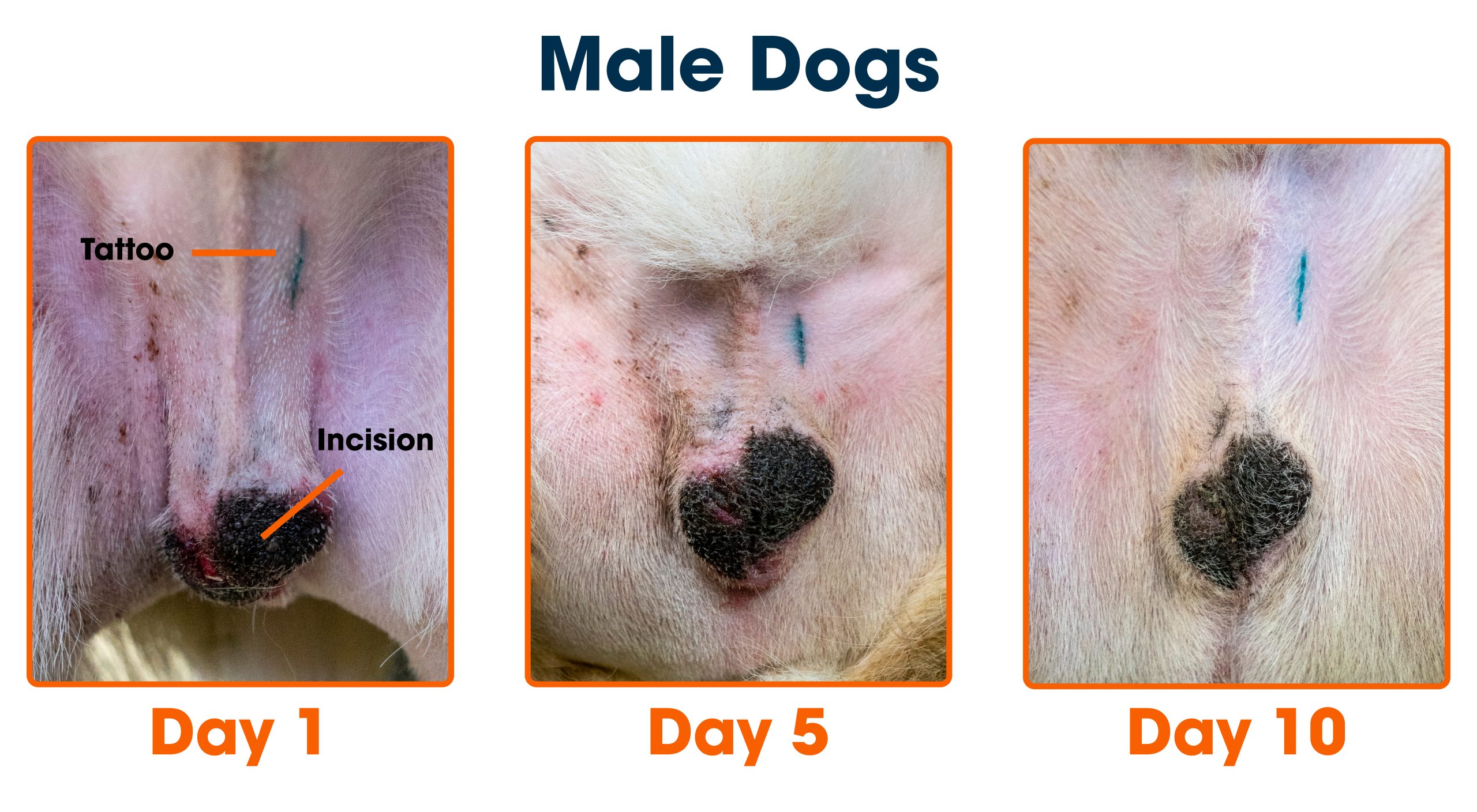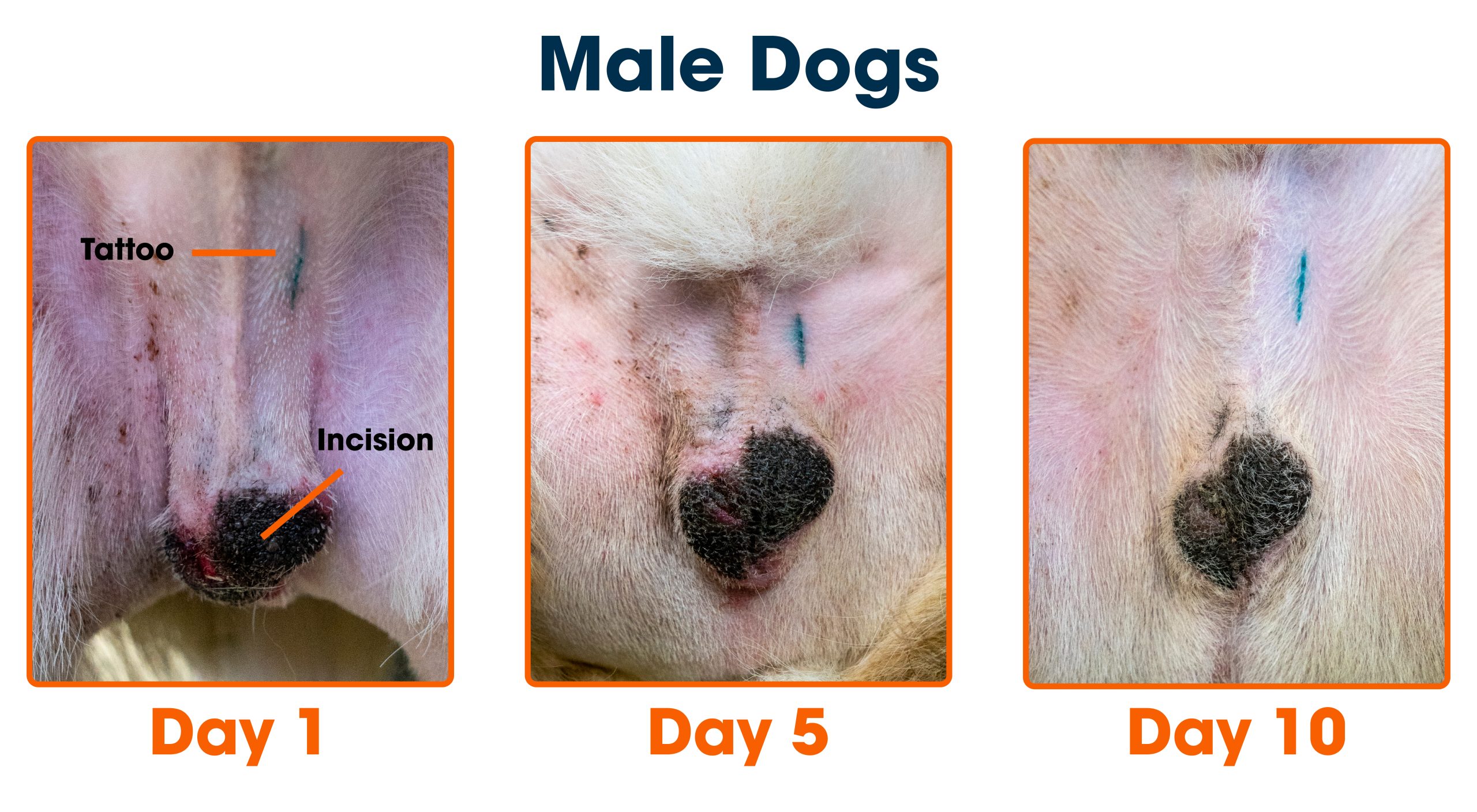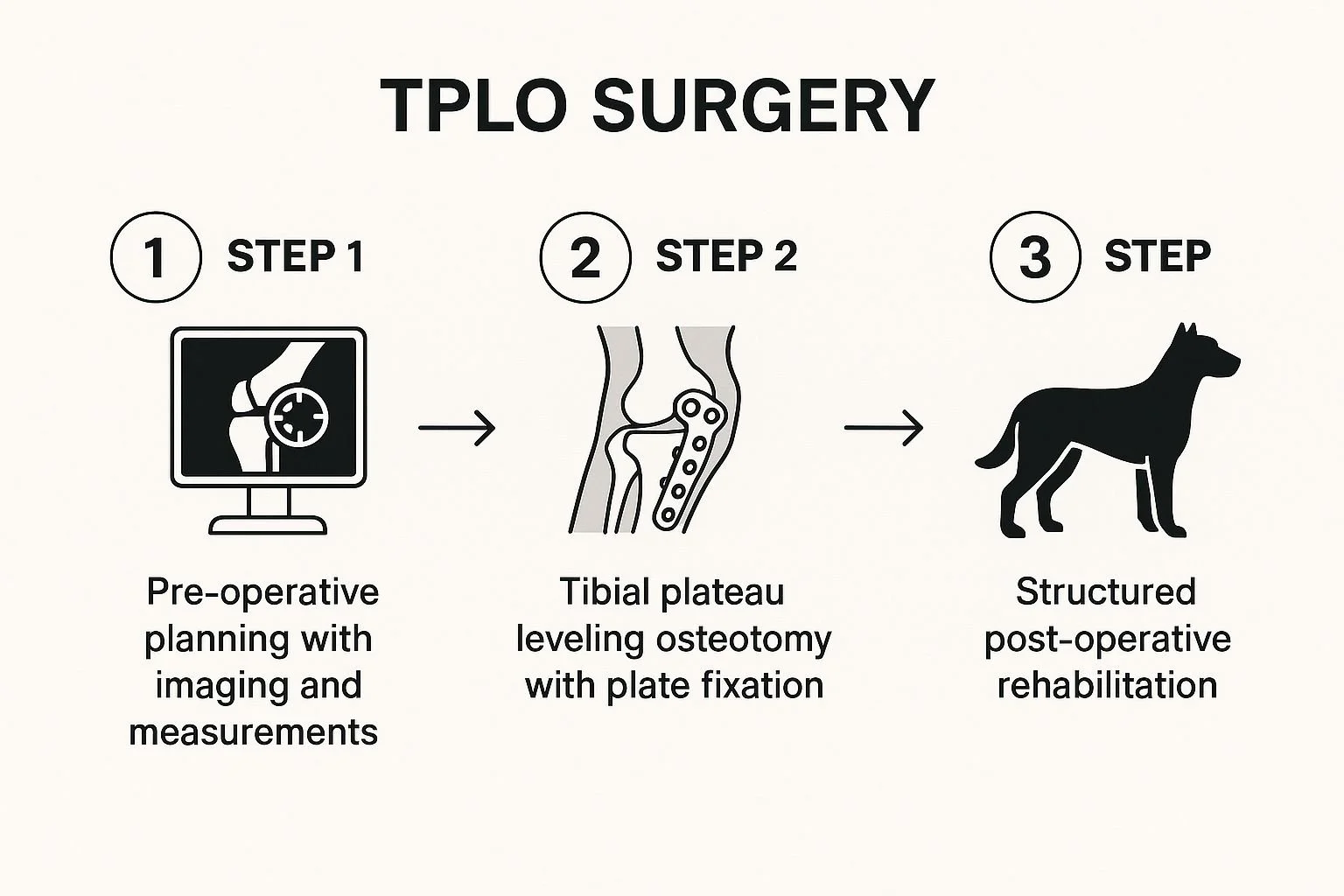Have you ever wondered why some dogs listen to every command while others seem to ignore you completely? Understanding the difference between dog training and dog obedience could be the key to transforming your relationship with your furry friend.
Whether you’re struggling to teach basic manners or aiming for a well-behaved companion, knowing what each term really means will help you get the results you want faster. Stick with me, and by the end of this article, you’ll have clear answers and practical tips to make your dog the best behaved pet on the block.
Ready to unlock your dog’s full potential? Let’s dive in!
Dog Training Basics
Understanding the basics of dog training is key to building a strong relationship with your furry friend. Training goes beyond simple commands; it shapes how your dog interacts with the world. Getting clear on what training involves helps you set realistic goals and choose the right techniques.
Purpose Of Dog Training
Dog training aims to teach your pet how to behave appropriately in different situations. It helps your dog understand your expectations and strengthens communication between you two.
Training can improve safety by preventing unwanted behaviors like excessive barking or aggression. It also makes everyday life easier by teaching basic manners such as sitting before mealtime or walking nicely on a leash.
Think about what you want from your dog. Do you want a calm companion, a well-behaved family member, or a dog skilled at certain tasks? Defining this purpose guides your training approach.
Types Of Dog Training
There are several types of dog training, each focusing on different skills and behaviors. Here are some common ones:
- Basic Obedience Training:Teaches foundational commands like sit, stay, come, and heel. These commands help manage your dog’s behavior daily.
- Behavioral Training:Addresses specific issues such as jumping, chewing, or separation anxiety. It targets problem behaviors to improve your dog’s quality of life.
- Agility Training:Focuses on physical skills and coordination through obstacle courses. It’s great for active dogs and strengthens your bond through play.
- Service or Therapy Training:Prepares dogs to assist people with disabilities or provide emotional support. This training requires precision and consistency.
Which type fits your dog’s personality and your lifestyle? Choosing the right style can make training more enjoyable and effective for both of you.

Credit: backyardpetservices.com
Dog Obedience Fundamentals
Dog obedience is the base of any well-behaved dog. It focuses on teaching dogs to respond to commands. This training builds a clear communication channel between the dog and owner. It sets rules and boundaries for dogs to follow. Obedience helps dogs live safely and happily with people.
Training a dog in obedience covers basic commands and good manners. It is about consistency and patience. Teaching dogs to listen helps prevent behavior problems. Obedience training also improves a dog’s confidence and social skills. It is a key part of raising a balanced dog.
Goals Of Dog Obedience
- Teach dogs to follow basic commands like sit, stay, and come.
- Build respect and trust between dog and owner.
- Help dogs behave well in different environments.
- Ensure safety for both dog and people around.
- Reduce unwanted behaviors such as jumping or barking.
Methods Used In Dog Obedience
- Positive reinforcement with treats and praise.
- Clear, consistent commands and signals.
- Short, frequent training sessions for better focus.
- Ignoring or redirecting unwanted behaviors gently.
- Using tools like clickers or leashes when needed.
Key Differences Explained
Understanding the difference between dog training and dog obedience helps pet owners choose the right path. Both play a vital role in shaping a dog’s behavior and relationship with its owner. Knowing their unique purposes can improve communication and results.
Training Vs. Obedience Objectives
Dog training covers a wide range of skills. It aims to teach dogs various commands, tricks, and tasks. It focuses on building overall behavior and problem-solving abilities.
Dog obedience has a narrower goal. It emphasizes following basic commands reliably. The purpose is to ensure safety and control in daily situations.
- Training: broad skills, tricks, and problem solving
- Obedience: basic commands, safety, and control
Approaches And Techniques
Training uses diverse techniques. These include positive reinforcement, clicker training, and shaping behavior. Trainers often customize methods to suit each dog’s personality.
Obedience training relies on consistent repetition. Commands like sit, stay, and come are drilled regularly. The focus is on discipline and clear communication.
- Training: varied methods, tailored to the dog
- Obedience: repetition, discipline, and clear signals

Credit: www.kinship.com
Benefits Of Training And Obedience
Training and obedience offer more than just a well-behaved dog; they bring meaningful benefits that improve your daily life together. Understanding these benefits helps you decide which approach fits your goals. Both focus on shaping your dog’s actions, but each offers unique rewards that impact behavior and your relationship.
Enhancing Behavior
Training teaches your dog specific skills, from sitting calmly to advanced tricks. Obedience focuses on following commands reliably, which keeps your dog safe and manageable in various situations.
When your dog learns what’s expected, problem behaviors like jumping, barking, or pulling on the leash decrease. This creates a calmer environment at home and in public places.
Think about how much easier walks become when your dog responds to “heel” or “stay.” Isn’t it worth investing time to avoid frustration and enjoy more peaceful outings?
Strengthening Bond With Owner
Training sessions create moments of focus and communication between you and your dog. This shared activity builds trust and deepens your connection.
Obedience commands give your dog clear signals, so they understand what you want. This clarity reduces confusion and anxiety, making your dog feel more secure.
Imagine the pride and joy you feel when your dog responds eagerly to your commands. That connection grows stronger each time you work together, turning training into quality time.
Challenges And Solutions
Training your dog and teaching obedience are different paths that often come with unique challenges. Understanding these hurdles can help you address them effectively. Let’s look at the common issues you might face and practical ways to solve them.
Common Training Challenges
One frequent challenge in dog training is maintaining your dog’s attention. Dogs can get distracted easily by sights, sounds, or smells, which makes teaching new commands tough.
Another issue is inconsistency in training methods. If you or other family members use different commands or rules, your dog may become confused.
Some dogs also struggle with fear or anxiety, which can block their learning progress. For example, a shy dog might resist socialization exercises.
- Keep training sessions short and fun to hold your dog’s interest.
- Use clear, consistent commands and signals every time.
- Be patient and gentle, especially with anxious dogs, to build trust.
Obedience Issues And Fixes
Obedience problems often appear when dogs ignore basic commands like “sit” or “stay.” This might be due to lack of motivation or unclear expectations.
Some dogs may test boundaries by repeating unwanted behaviors, such as jumping or barking. This can frustrate owners trying to enforce discipline.
In my experience, one dog would constantly jump on guests until I started rewarding calm greetings with treats and praise. The behavior changed quickly once the dog understood what was expected.
| Issue | Solution |
|---|---|
| Ignoring commands | Use high-value treats to increase motivation and practice commands in low-distraction areas first. |
| Jumping on people | Teach an alternative behavior like “sit” when greeting, and reward compliance immediately. |
| Excessive barking | Identify triggers and redirect attention with commands or toys before the barking starts. |
What specific challenge have you noticed in your dog’s training or obedience? Recognizing the issue is the first step toward a solution that works for both of you.
Choosing The Right Approach
Choosing the right approach for training your dog shapes your pet’s behavior and your bond. Dogs have unique personalities and needs. Understanding these helps select the best method. Training and obedience are related but focus on different goals. Picking the proper path ensures better results and happier pets.
Assessing Your Dog’s Needs
Start by observing your dog’s behavior and habits. Notice energy levels, social skills, and any problem behaviors. Some dogs need basic obedience for safety and control. Others require training for specific tasks or correcting habits. Age and breed also affect what training works best. A calm older dog may learn differently than a lively puppy. Matching training to your dog’s needs makes learning easier and more effective.
Professional Vs. Diy Methods
Professional trainers bring experience and structured plans. They handle complex behaviors and offer personalized advice. Group classes provide socialization opportunities and guided practice. DIY methods let you train at home, saving money and time. Many online resources and books support this approach. Success depends on consistency, patience, and correct techniques. Some dogs respond better to hands-on help. Others thrive with owner-led sessions. Choose based on your schedule, budget, and your dog’s learning style.
Future Trends In Dog Training
The world of dog training is evolving quickly. Trainers use new ideas to improve how dogs learn. These changes help dogs understand commands faster. They also make training more fun for both dogs and owners. Technology plays a big role in these updates. It offers tools that support better communication and tracking progress. Understanding future trends can help dog owners prepare for smarter training methods.
Innovations In Training Techniques
Training methods focus more on positive reinforcement now. Trainers use treats, toys, and praise to encourage good behavior. There is less use of punishment or harsh commands. New techniques also include training games that keep dogs interested. Trainers study dog psychology to improve learning outcomes. They tailor approaches to each dog’s personality and needs. This creates a stronger bond between dogs and their owners.
Impact Of Technology
Technology changes how trainers work with dogs every day. Apps help track training sessions and record progress. Wearable devices monitor dogs’ health and activity during training. Smart collars give gentle signals to guide dogs remotely. Virtual reality offers simulated environments for safe practice. Online platforms connect trainers and owners worldwide. These tools make training more accessible and efficient for everyone.

Credit: www.facebook.com
Frequently Asked Questions
What Is Dog Training And How Does It Differ?
Dog training teaches specific behaviors and skills. Dog obedience focuses on basic commands and discipline. Training is broad, including tricks and social skills. Obedience is a subset of training, emphasizing control and safety.
Why Is Dog Obedience Important For Pets?
Dog obedience ensures safety and good behavior. It helps dogs follow commands in daily life. Obedience prevents accidents and improves owner-dog communication. Well-trained dogs are happier and better socialized.
Can Dog Training Improve Behavior Issues?
Yes, training addresses behavior problems like aggression or anxiety. It uses positive reinforcement to modify unwanted actions. Training builds trust between dog and owner. Consistency is key for lasting behavior change.
How Long Does Dog Obedience Training Take?
Obedience training duration varies by dog and methods. Basic commands often take a few weeks. Advanced obedience may require months of practice. Regular sessions and patience speed up learning.
Conclusion
Dog training and dog obedience both help your dog behave well. Training teaches new skills and tricks. Obedience focuses on following commands every time. Both need patience and practice from the owner. They work together to build a happy, safe relationship.
Choose the method that fits your dog’s needs. Consistency makes the biggest difference in results. Remember, a well-trained dog is a joyful companion. Keep learning and enjoy every step with your dog.







